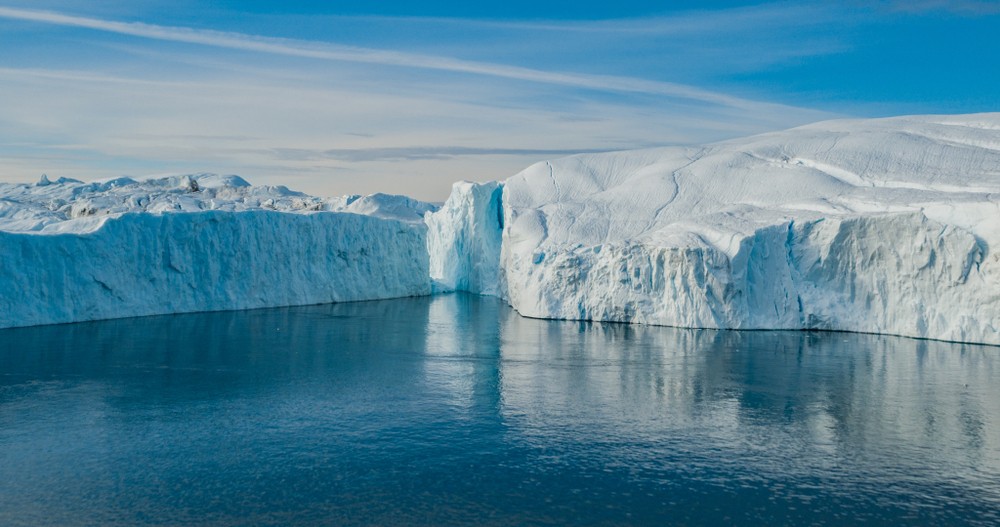Scientists descend into Greenland’s ice caves and find ‘moulins’

Kathmandu, December 26. Scientists have paved their way into the ice sheets in Greenland. They drilled into the ice sheets to find ‘moulins’. Moulins are vertical or nearly vertical shafts in a glacier, formed by surface water percolating through a crack in the ice.
Matt Covington is a geologist and cave explorer and his colleague Jason Gulley, an expert on ice caves at the University of South Florida have both studied the glaciers to find out regarding the flow of meltwaters of Greenland into the sea. In summer, Greenland’s moulins swallow a large amount of meltwater. Due to the complicated topography of Greenland, the water runs beneath the ice through the moulins into the sea.
As a effect of climate change, the ice sheets have lost 4 trillion tons of its mass since 1992. However, mitigating the concern has been the idea that deeper channels in the ice would open as more water spills into these ice caves, releasing some of the hydraulic pressure and reducing the sliding. As a result, scientists are discussing how much the increase in sea level would be intensified by moulins and their associated water channels.
Facebook Comment
latest Video
Trending News
- This Week
- This Month

















